Key Takeaways
-
Most indoor gnats (fruit flies, fungus gnats, drain flies) are harmless but can spread germs indirectly.
-
Biting gnats (midges, black flies) can cause itchy bites and potential allergic reactions but generally do not transmit serious diseases in the U.S.
-
Gnats can indirectly contaminate food surfaces, causing potential foodborne illnesses.
-
Preventive measures like sanitation, moisture control, sealing entry points, and simple traps significantly reduce gnat populations.
-
Professional pest control services may be necessary for severe or persistent infestations to effectively manage and eliminate gnats.
In this guide, we’ll explore the potential dangers posed by different kinds of gnats and provide straightforward, practical tips for managing and preventing their presence in your household.
Understanding Gnats: Types and Behavior
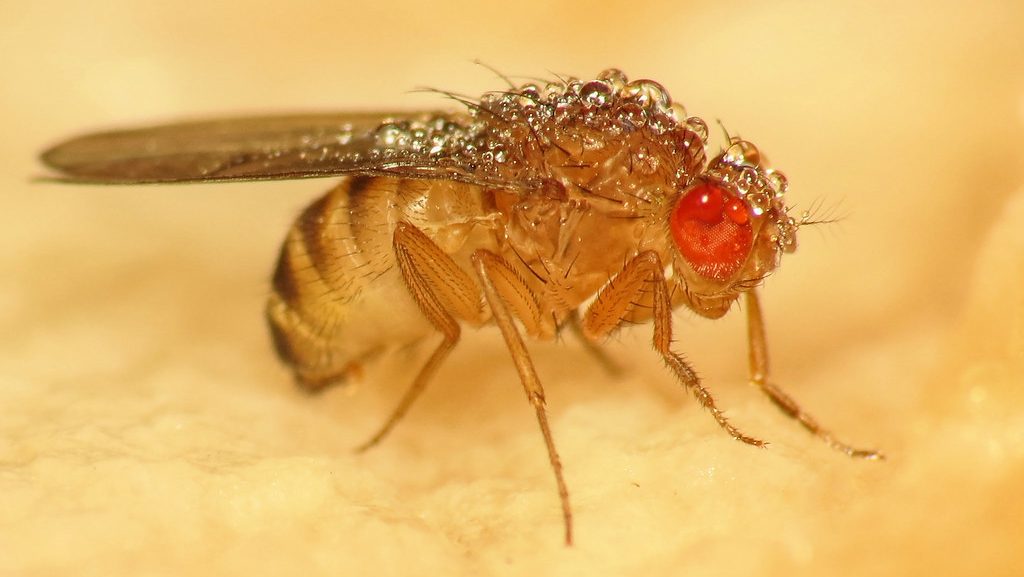
Fruit Flies
Attracted to ripe, fermenting fruits and vegetables.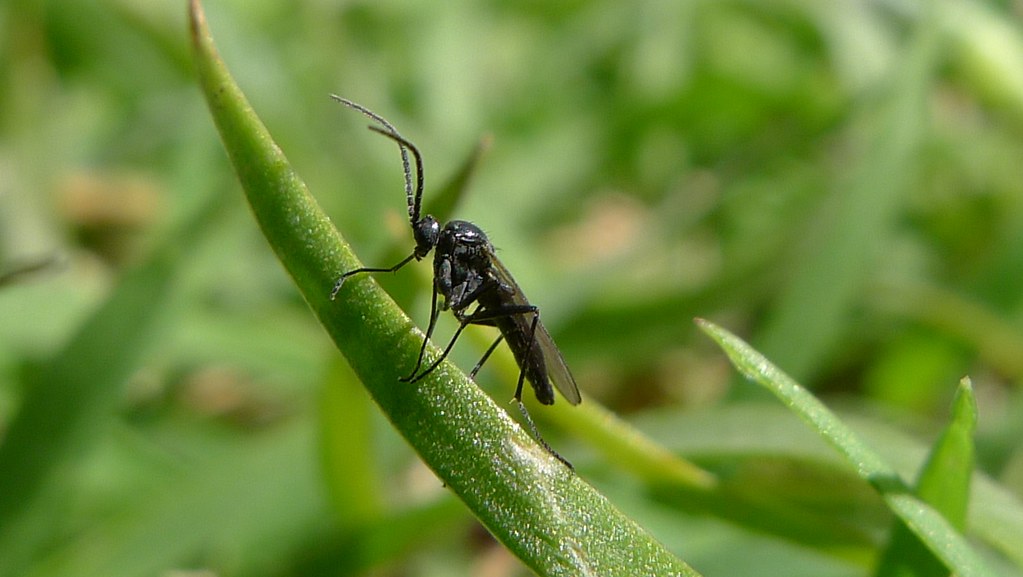

Not getting a solution?
Get your free pest control estimate today!Fungus Gnats
Commonly found in damp potting soil of houseplants.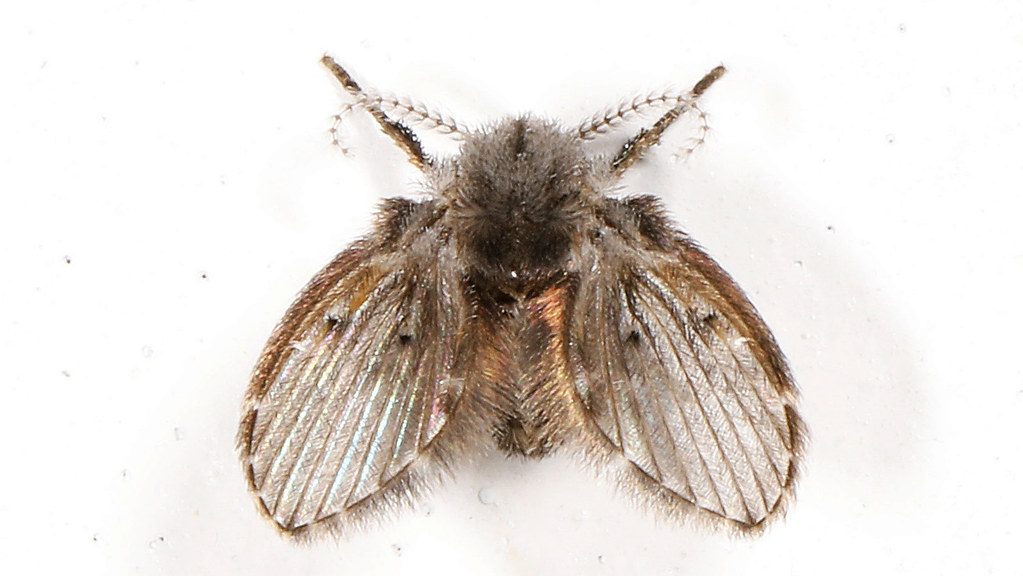
Drain Flies
Often emerging from plumbing or sewage areas.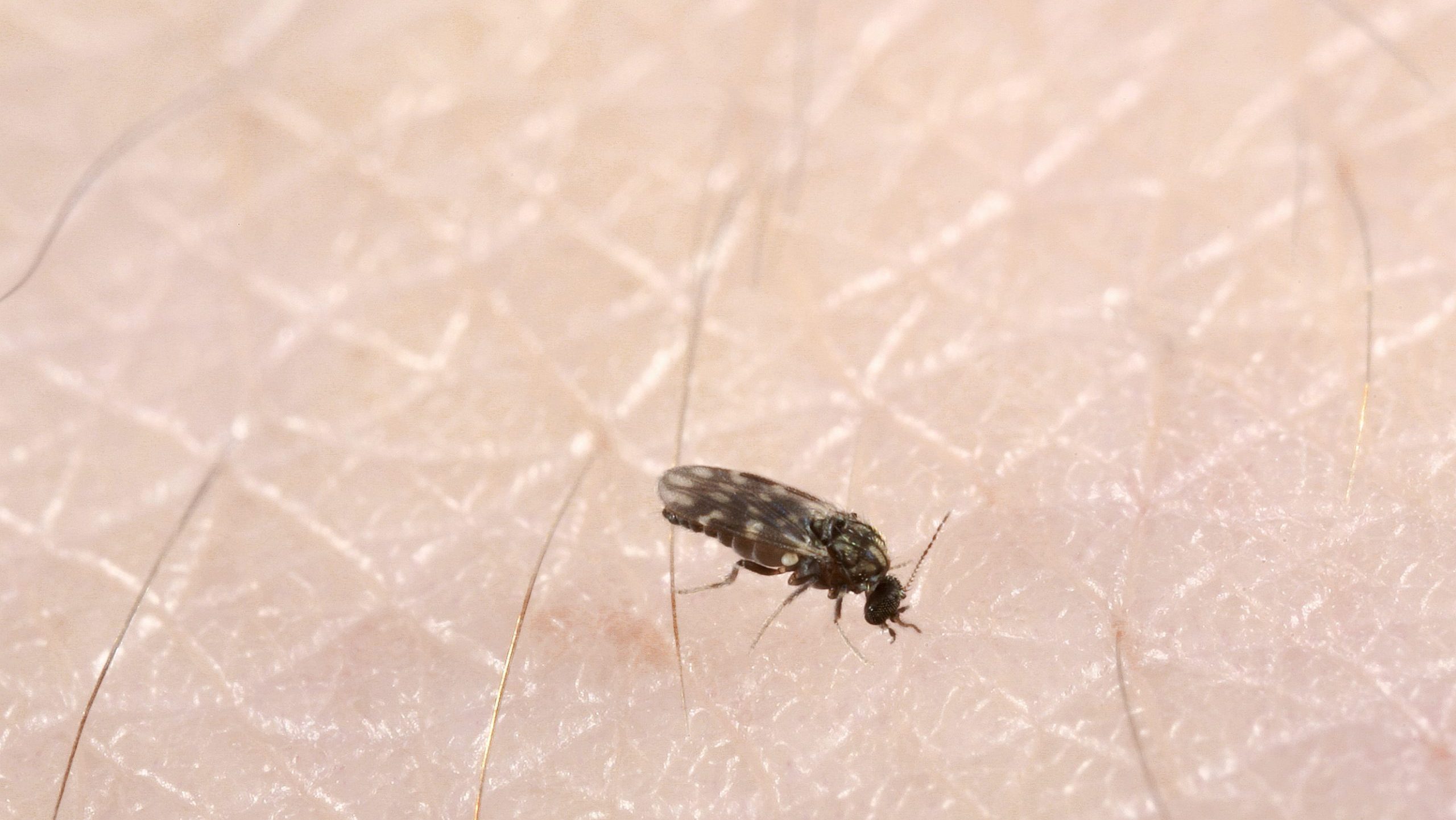
Biting Midges
Small, biting insects primarily found outdoors.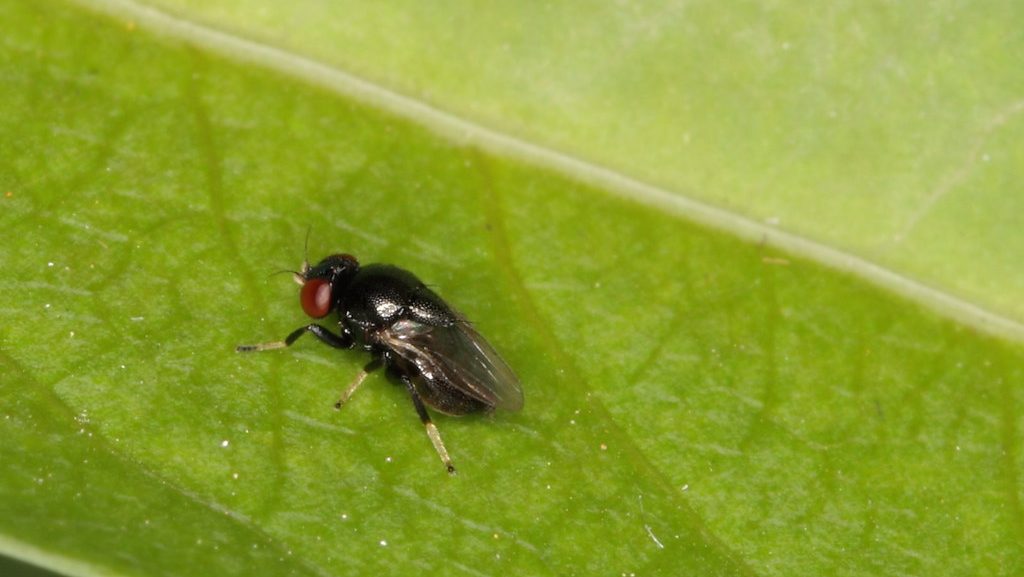
Eye Gnats
Tiny flies attracted to moisture around eyes, nose, and mouth.Do Gnats Bite Humans?
The question of whether gnats bite depends on the specific type. Most gnats encountered indoors, such as fruit flies, fungus gnats, and drain flies, do not bite or sting humans. They are primarily nuisance pests that breed in organic matter or damp conditions. However, biting midges, also known as no-see-ums, and certain black flies (buffalo gnats) found outdoors do bite humans, typically females that require blood to reproduce. Their bites can cause discomfort, itching, swelling, and even allergic reactions in sensitive individuals.Health Risks Associated with Gnats
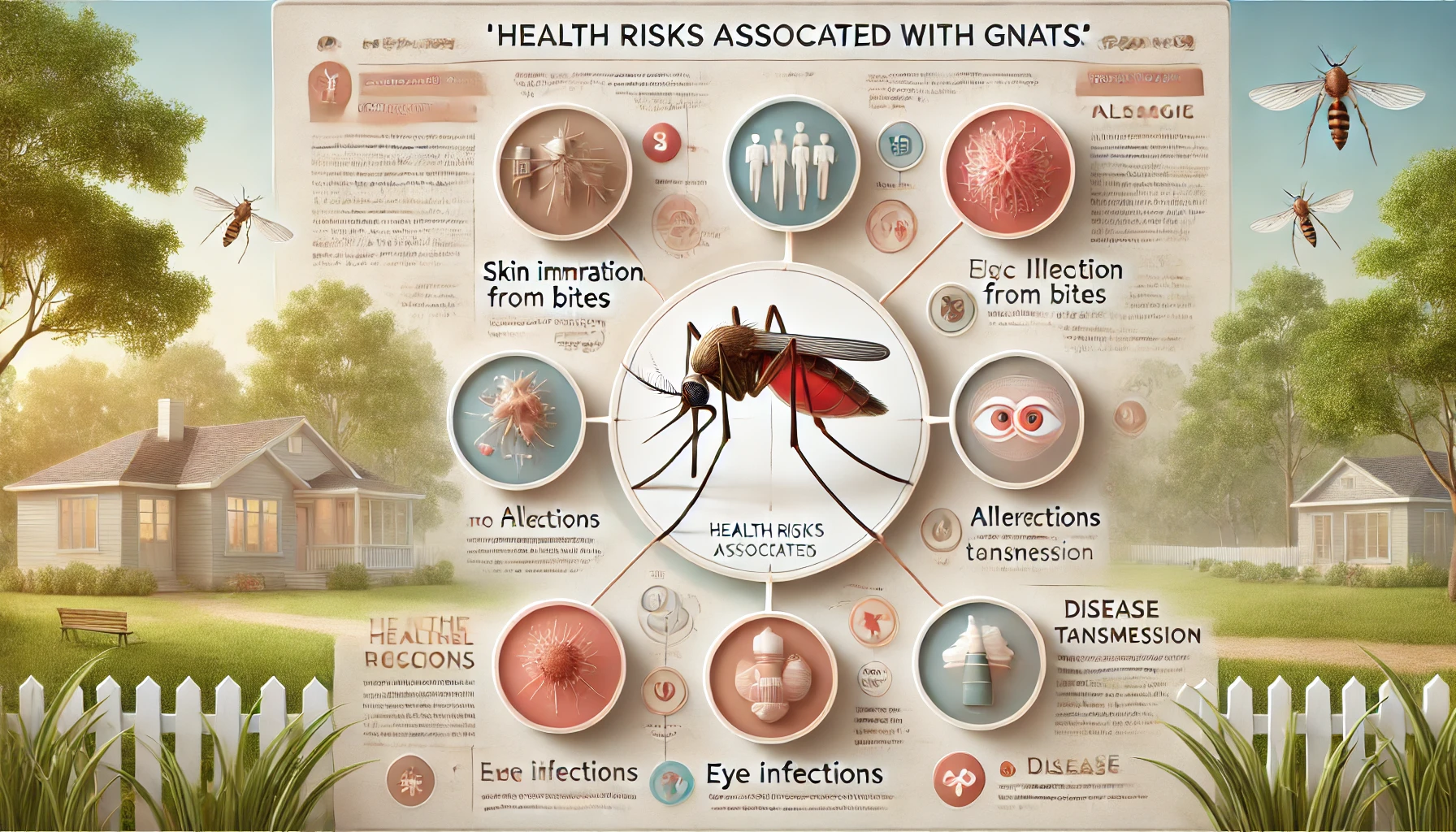
Skin Irritation and Allergic Reactions
Though typically not dangerous, gnat bites can lead to discomfort and skin irritation. Biting gnats, such as midges and black flies, have specialized mouthparts designed to pierce the skin and feed on blood. Their bites usually result in small, red, itchy bumps similar to mosquito bites. In highly risk-prone and sensitive individuals, these bites can cause more severe allergic reactions, which can be characterized by extensive redness, swelling, and prolonged itching.Secondary Infections
Though gnat bites are not poisonous or venomous, the itching they cause can lead to secondary infections. Excessively scratching bites can break the skin, allowing bacteria to enter and potentially cause infection. Symptoms of infection include increased redness, warmth, swelling, pus formation, or prolonged healing times.Disease Transmission
In the United States especially, gnats are generally seen posing a minimal risk of disease transmission. However, certain gnat types have the potential to spread illnesses indirectly:- Eye gnats can carry bacteria responsible for conjunctivitis (pink eye), spreading infection by transferring bacteria from one person’s eye to another.
- Fruit flies have been shown to transmit bacteria such as E. coli and Salmonella from contaminated sources to food, posing risks of foodborne illnesses.
Indirect Risks: Food Contamination
Gnats can indirectly impact your health by contaminating food sources and surfaces. Fruit flies are notorious for landing on spoiled or fermenting food, garbage, or unsanitary surfaces and subsequently transferring pathogens onto fresh food or kitchen utensils. Their conduct can also lead to potential health threats, including stomach aches, diarrhea, and other visible symptoms usually associated with food poisoning.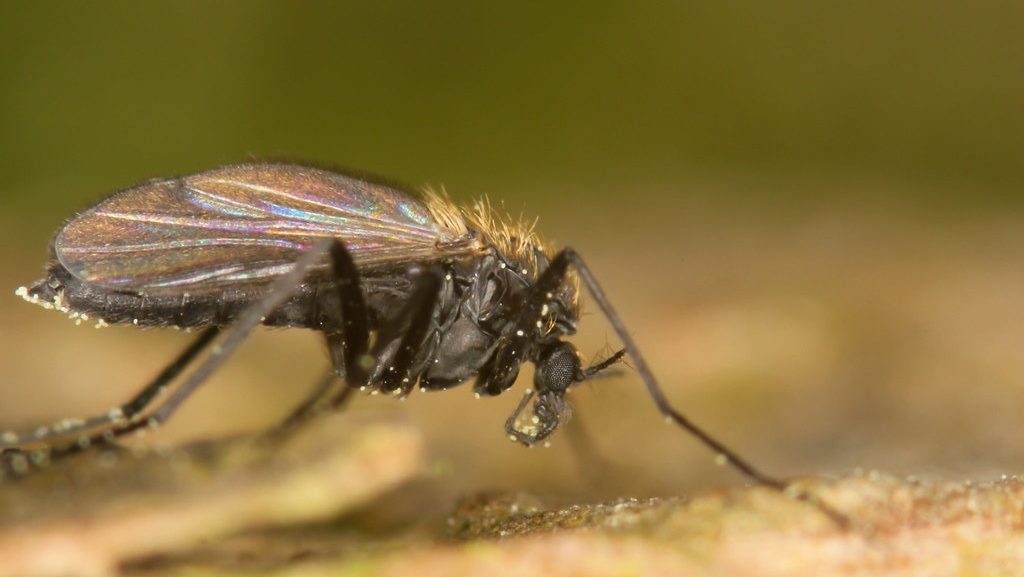
Preventing Gnats in Your Home
Prevention techniques are a valuable key for controlling the risks associated with gnats. Here are practical measures you can implement:Maintain Cleanliness
-
Regularly dispose of rotting fruits and vegetables.
-
Keep kitchen counters and sinks clean and dry.
-
Routinely clean trash bins and recycling containers.
Control Moisture Levels
-
Avoid overwatering houseplants, allowing the soil to dry between waterings to deter fungus gnats.
-
Repair leaks promptly, as damp environments attract various gnats.
-
Ensure adequate drainage in sinks and plumbing fixtures.
Seal Entry Points
-
Use window and door screens to prevent outdoor gnats from entering.
-
Seal cracks and gaps around windows, doors, and plumbing to limit entry.
Use Natural and Chemical Controls
-
Place vinegar traps or sticky traps near infested areas.
-
Employ safe insect repellents when outdoors in areas known for biting gnats.
If you feel things have gone out of control, it is advised to contact pest control professionals. Our team can provide a customized approach to protect your home effectively. Visit our Species, Control, and DIY Guide sections for additional resources on Gnats and ways to tackle a flies infestation.





